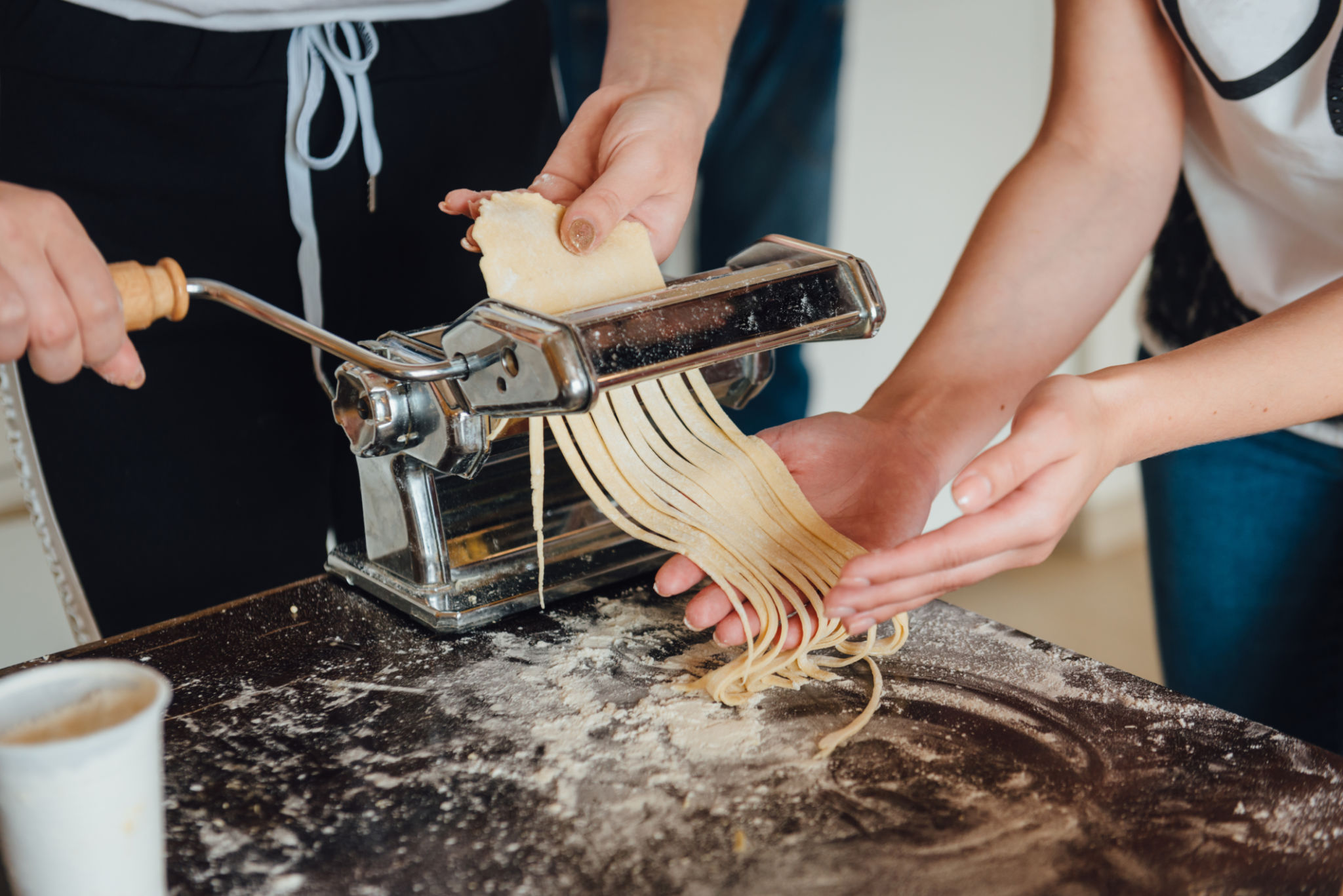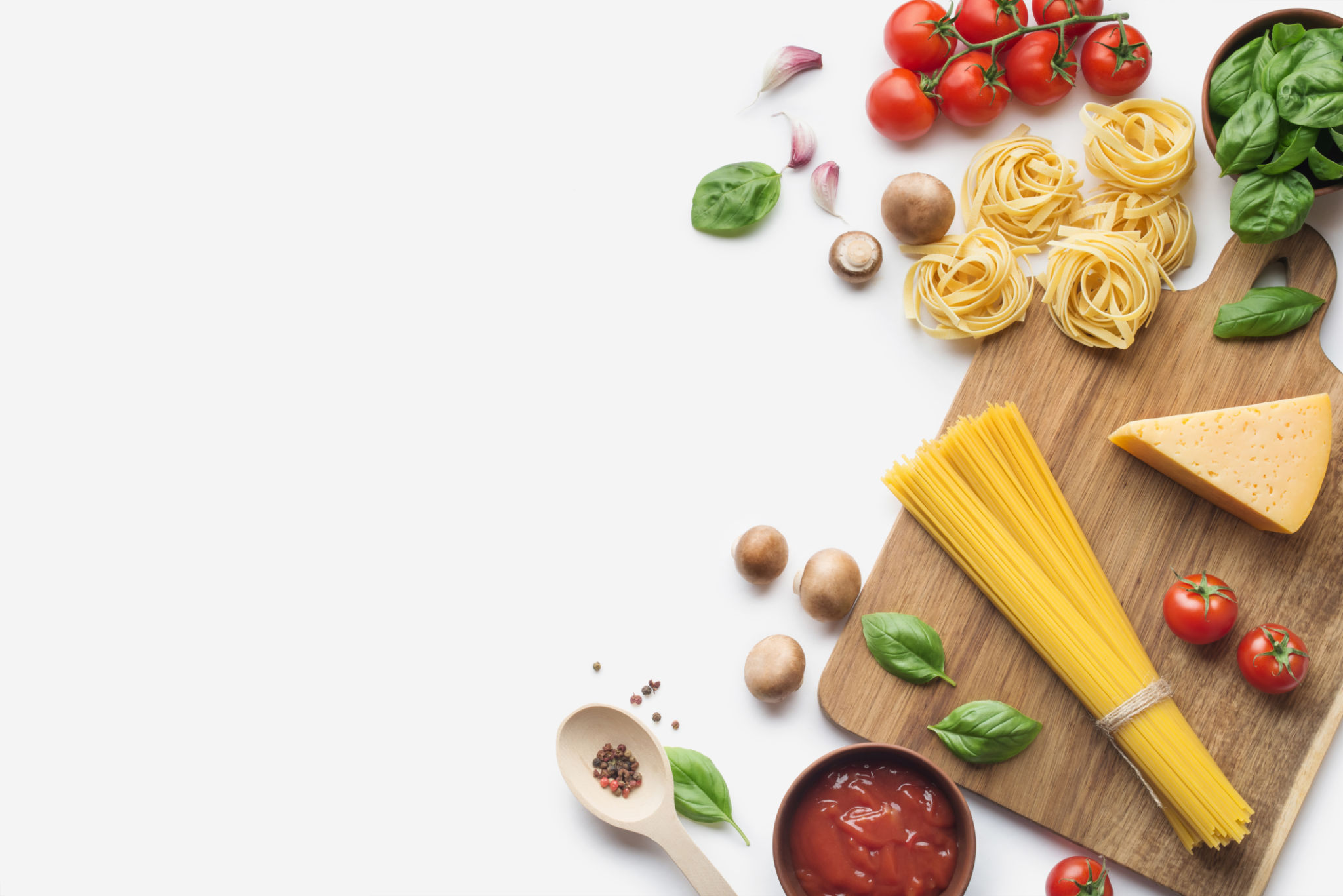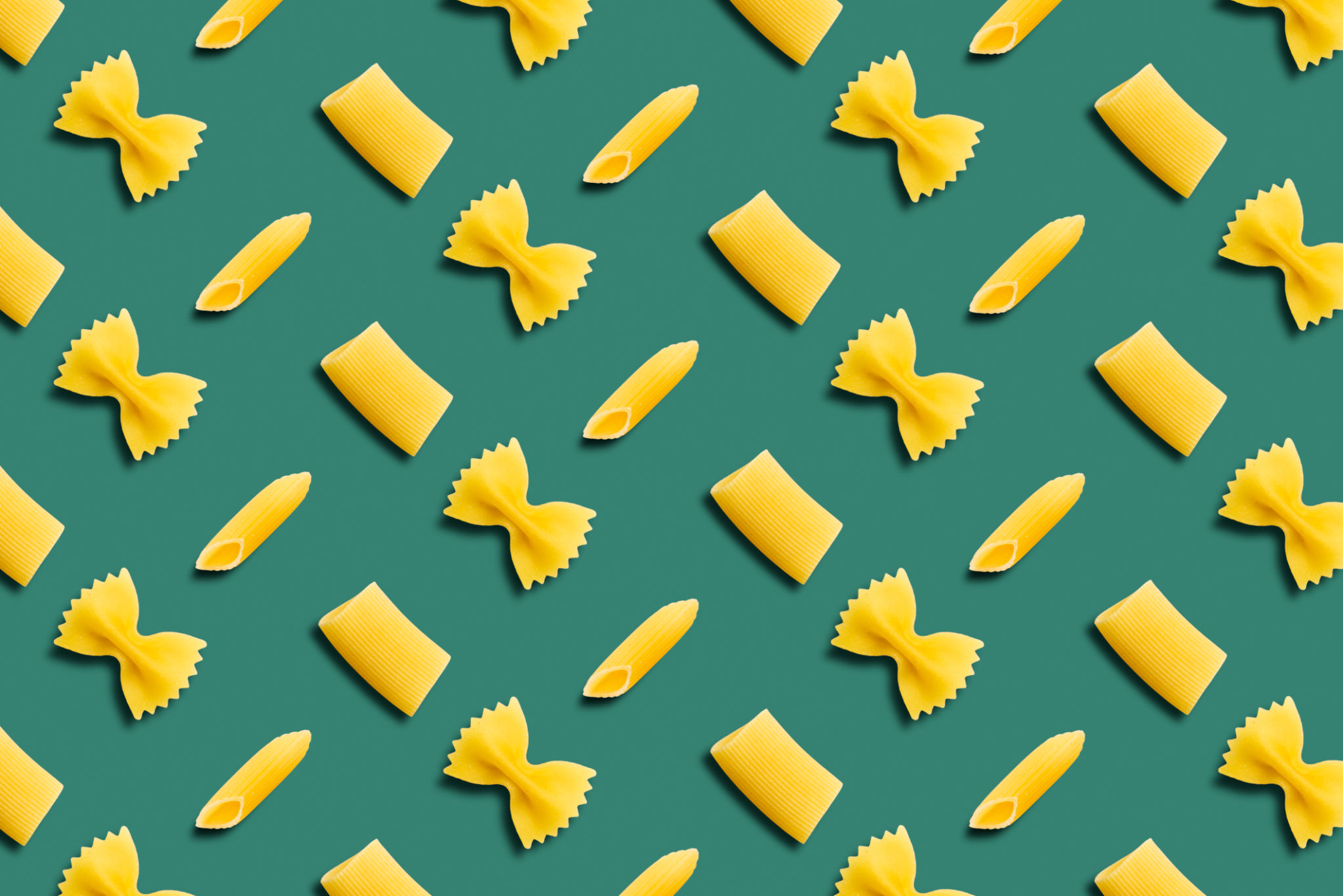The Evolution of Pasta Making: From Traditional Methods to Modern Techniques
The Rich Tradition of Pasta Making
Pasta has been a staple in Italian cuisine for centuries, with its origins tracing back to ancient times. The traditional methods of pasta making have been passed down through generations, preserving the authenticity and craftsmanship that defines this beloved food. In its simplest form, pasta is made from a mixture of durum wheat flour and water, kneaded into a dough, and then shaped into various forms.
Handmade pasta requires skill and patience. Traditional techniques, such as using a rolling pin or the “sfoglina” method, involve rolling out the dough by hand until it reaches the desired thickness. This labor-intensive process is often reserved for special occasions, showcasing the importance of pasta in Italian culture.

Tools of the Trade: From Rolling Pins to Pasta Machines
While traditional methods relied heavily on manual labor, the introduction of pasta machines revolutionized the process. These machines, whether hand-cranked or electric, offer a more efficient way to roll out and cut pasta dough. They have made it easier for home cooks to produce consistent results without sacrificing quality.
The transition from manual to mechanical tools didn't just simplify the process; it also expanded the variety of pasta shapes that could be produced. With the help of attachments, pasta machines can create everything from spaghetti to lasagna sheets, making them a versatile addition to any kitchen.
Modern Ingredients and Techniques
As culinary trends evolve, so do the ingredients and techniques used in pasta making. Today, many chefs and home cooks experiment with alternative flours such as chickpea or almond flour to cater to dietary preferences and restrictions. This modern twist on traditional pasta introduces new flavors and textures while maintaining the essence of the dish.

Innovations in cooking technology have also contributed to the evolution of pasta making. Sous-vide cooking and precision-controlled ovens allow chefs to achieve perfect al dente textures consistently. These advancements provide greater control over the cooking process, enhancing the overall dining experience.
Innovative Pasta Shapes and Designs
With modern techniques come innovative pasta shapes that defy traditional norms. Designers and chefs have started using 3D printing technology to create intricate pasta designs that are not only visually striking but also functional, enhancing the way sauces cling to the pasta.
This creativity has expanded the possibilities within pasta dishes, allowing chefs to push the boundaries of what can be achieved with this versatile ingredient. The combination of art and science in modern pasta making is a testament to the ongoing evolution of this culinary staple.

The Future of Pasta Making
As sustainability becomes a key focus in the culinary world, the future of pasta making will likely incorporate eco-friendly practices. From reducing waste through precise portioning to sourcing sustainable ingredients, the industry is moving towards a more responsible approach.
Moreover, technological advancements will continue to influence how pasta is made and consumed. The integration of smart kitchen appliances and AI-driven cooking assistants could further streamline the process, making it accessible to even more people around the globe.
Conclusion: A Delicious Journey
The evolution of pasta making from traditional methods to modern techniques highlights a journey of innovation and adaptation. While some may argue that nothing compares to handmade pasta crafted by skilled artisans, modern advancements have undeniably broadened the horizons of what can be achieved in the kitchen.
Whether you prefer the time-honored traditions or embrace cutting-edge technology, one thing remains certain: pasta will continue to be a beloved and integral part of our culinary heritage for generations to come.